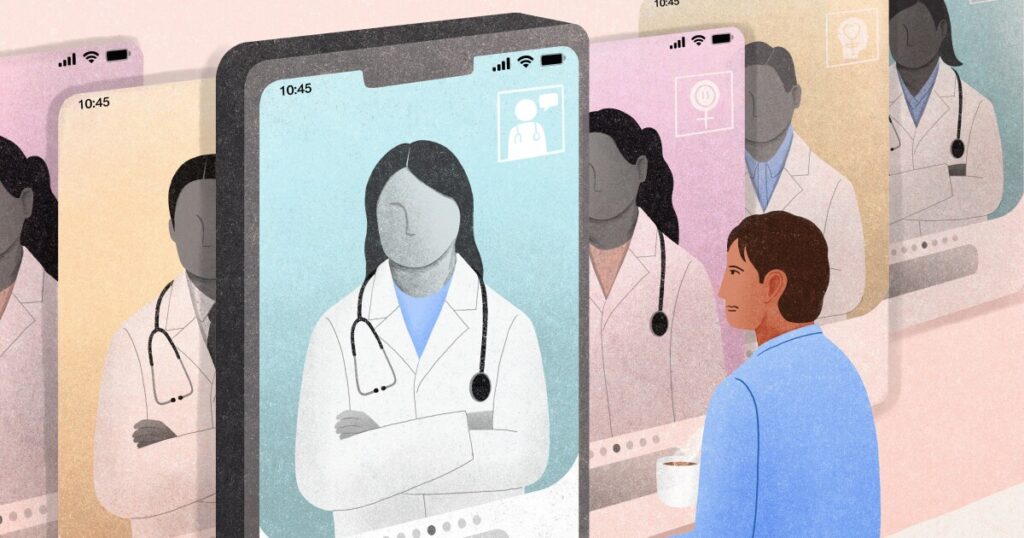Telehealth: Convenience at Your Fingertips, But Is It Right for You?
With an increasing number of advertisements touting the benefits of telehealth, many individuals are left wondering if these virtual medical consultations are a safe and effective alternative to traditional in-person visits. The allure of telehealth is undeniable—imagine consulting a doctor from the comfort of your home within minutes of realizing you need medical advice.
However, as convenient as it sounds, there are several considerations to bear in mind. While telehealth offers the advantage of quick access to care, patients might encounter unexpected costs, and for more complex conditions, establishing a direct relationship with a healthcare provider in person may prove invaluable.
Adapting Telehealth to Your Health Needs
The surge in telehealth services has brought a variety of platforms, each catering to different health concerns. This trend gained momentum when Medicare began reimbursing virtual visits during the COVID-19 pandemic, prompting other insurers to follow suit.
Telehealth consultations can occur via video, phone, or through an online form submission. For straightforward issues like erectile dysfunction or hair loss, filling out a form could suffice. However, conditions like skin rashes might benefit from a video visit to allow doctors to visually assess the situation. For those less comfortable with technology, phone consultations can offer a simpler alternative.
Limitations of Virtual Examinations
While telehealth is versatile, it isn’t suitable for all medical conditions. Physical exams, such as gynecological checks or joint pain assessments, require in-person visits. Similarly, procedures like vaccinations and biopsies cannot be conducted remotely.
For symptoms that are ambiguous or require a thorough examination, like unexplained abdominal pain, consulting a doctor in person is often advisable. These visits allow for comprehensive evaluations that are not possible online.
Specialized Care with Potential Gaps
Telehealth platforms often promote specialized treatments, such as menopause hormone therapy or mental health services. While these services provide access to experts, they typically address only the specific issue, necessitating follow-ups with a primary care physician for other health concerns.
Patients should also consider the availability of follow-up appointments or help if complications arise post-treatment. Ensuring easy access to care when needed is crucial.
Financial Implications of Telehealth
Research indicates that telehealth could be more cost-effective than in-person care, potentially preventing expensive emergency room visits. However, costs can vary, especially if the service does not accept insurance and charges directly to the patient.
Patients should thoroughly review the terms of telehealth services to understand potential costs and insurance coverage before proceeding.
The Importance of Doctor-Patient Relationships
Telehealth’s efficiency can sometimes be counterproductive. Studies suggest that virtual visits with unfamiliar doctors may lead to increased emergency room visits, while consultations with known family doctors might reduce this likelihood.
Building a relationship with a primary care doctor, whether through in-person or virtual visits, is beneficial for long-term health. Instead of choosing between telehealth and regular doctor visits, integrating both could provide comprehensive care.
Before opting for telehealth services that may come with high costs, it’s advisable to consult with your primary care doctor. They might offer telehealth options themselves, ensuring continuity and quality of care.
For those interested in personalized answers to medical inquiries, NPR invites you to write to thrive@npr.org for consideration in their column.
Mara Gordon, a family physician at Cooper Medical School of Rowan University, shares insights through her Substack newsletter, Your Doctor Friend.
Copyright 2025 NPR
—
Read More Michigan News










